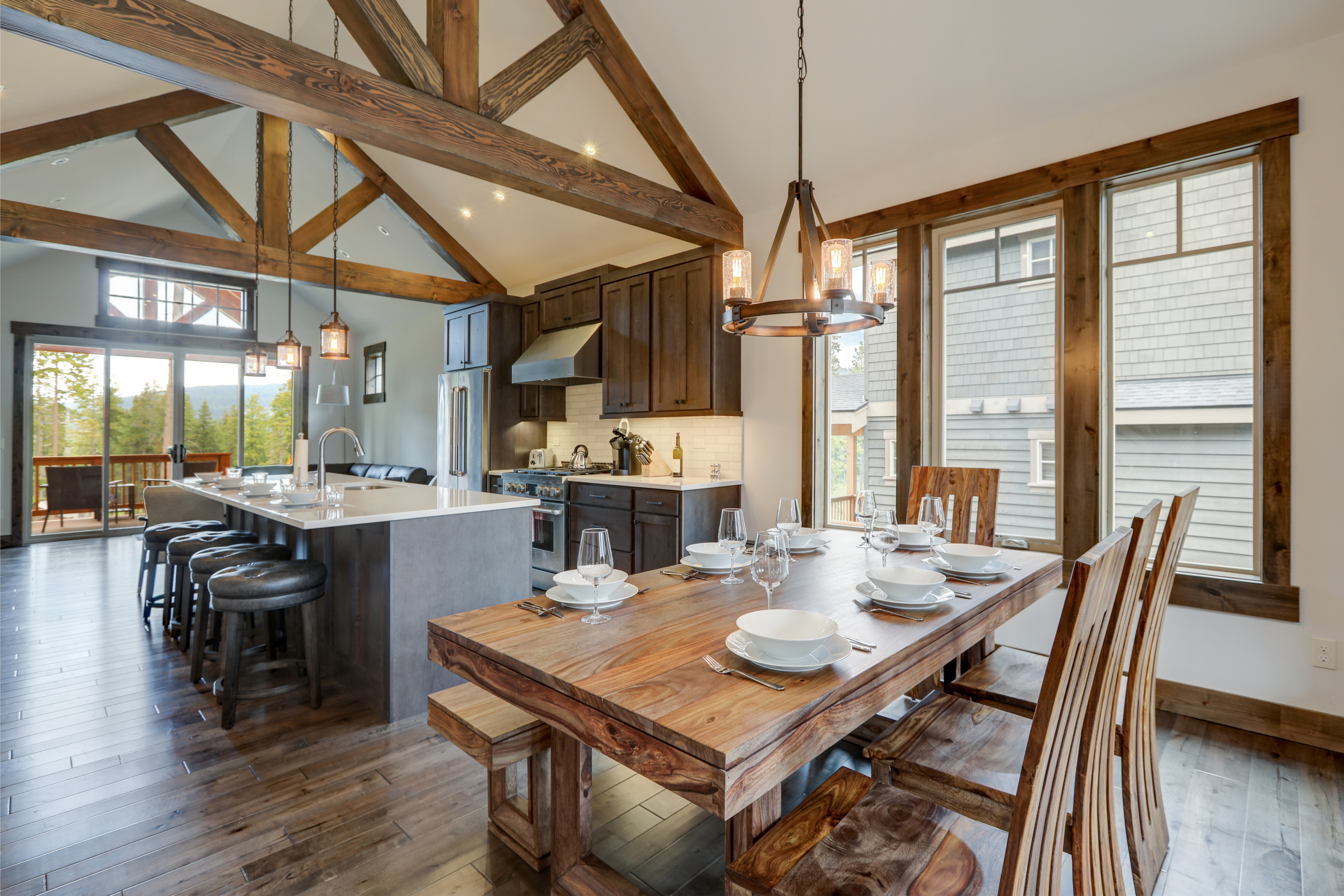Are Dining Rooms Out of Style?
Written by Arbitrage • 2025-09-16 00:00:00

For generations, the dining room was the centerpiece of a home: a place for family dinners, holiday gatherings, and long conversations after a meal. But what was once a must-have feature is now getting cut as builders and buyers look to save money by leaving dining rooms out of new floor plans. This change is driven by how people actually live. Formal dining rooms often go unused for much of the year, taking up valuable square footage that could be repurposed for everyday living. In many markets, maximizing functionality is about affordability, as every square foot counts when material and labor costs are rising. A median-priced new home ($459,826) is out of reach for roughly 75% of U.S. households. According to a report by John Burns Research and Consulting and Pro Builder magazine, flex rooms (that could be used as an office or guest bedroom, for example) are replacing dining areas. New homes today often also feature open layouts, eat-in kitchens, or expanded family rooms that take the place of a traditional dining room.
Families are adapting to not having a formal dining room in several ways. Kitchen islands or breakfast bars have become the go-to spot for quick meals, offering a casual eating environment. Eating at the kitchen island or in a casual dining nook can feel more natural for today's busy lifestyles. Open-concept kitchen and dining areas form a single shared space where a large table can be placed, allowing for everyday meals and special occasions without having a separate walled-off room. Open layouts make it easier for families and guests to interact while cooking, eating, and relaxing. Some families use a flex room, such as a den or converted living room corner, that can double as a dining area when needed.
On the downside, without a dining room, families who enjoy sit-down meals may miss the sense of formality and togetherness that a dining room provides. If you like to host parties or family gatherings, entertaining a crowd can be harder without a large, dedicated dining space.
The disappearing dining room reflects a larger cultural shift: we value flexibility, efficiency, and casual living over tradition and formality. Still, the debate isn't settled. Dining rooms might stick around in some regions, like the Southeast, where buyers still value these formal spaces. For some, the dining room will always be a symbol of family unity and hospitality. For others, it is simply wasted space better used elsewhere.